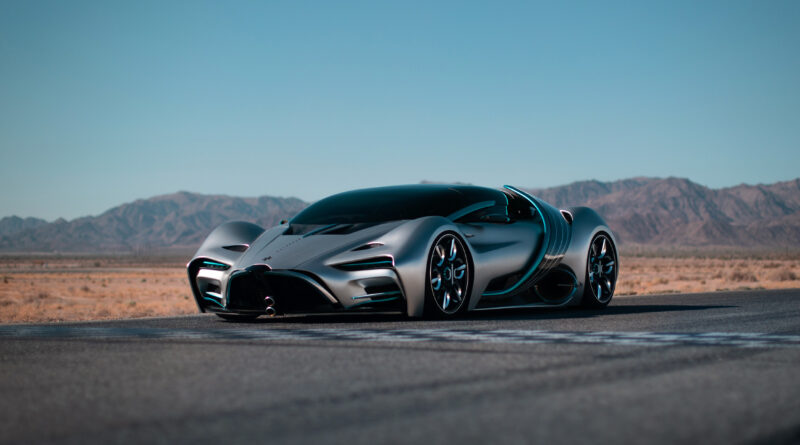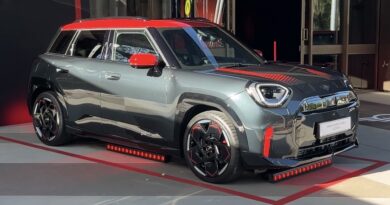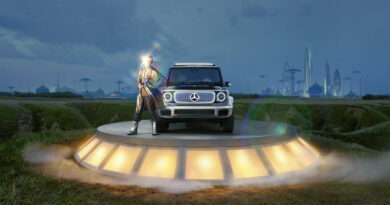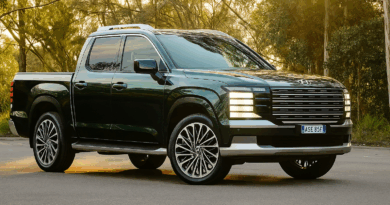Hyperion XP-1: 355km/h, 1600km hydrogen hypercar revealed
EV startup companies are nothing new, but Californian-based Hyperion clearly loves the shock factor.
Based in Orange County – not far from Disney Land and various car design centres – the tech-focused electric car newcomer has just revealed its first prototype, the Hyperion XP-1.
The two-seater, two-door XP-1 is a hypercar that boasts a futuristic design that looks inspired in part by the Bugatti Veyron and a Koenigsegg.

But it’s also like nothing else – and there’s a bigger play far removed from its wild looks.
Laced in carbon fibre and wrapped in a what looks like a giant ribbon, the Hyperion XP-1 has scissor doors (although the company calls them V-wing doors) and circular and oval design highlights, right down to its exhaust outlets.
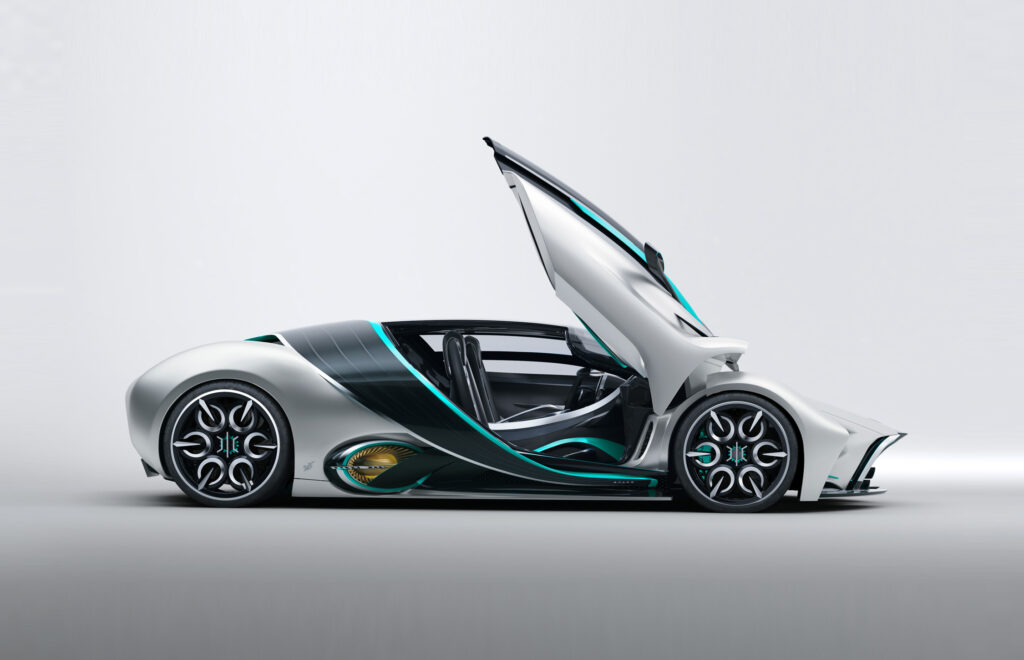
It’s built on a titanium carbon fibre chassis and is claimed to have been created by aerospace engineers.
Those exhausts don’t emit petrol fumes, but rather water vapour.
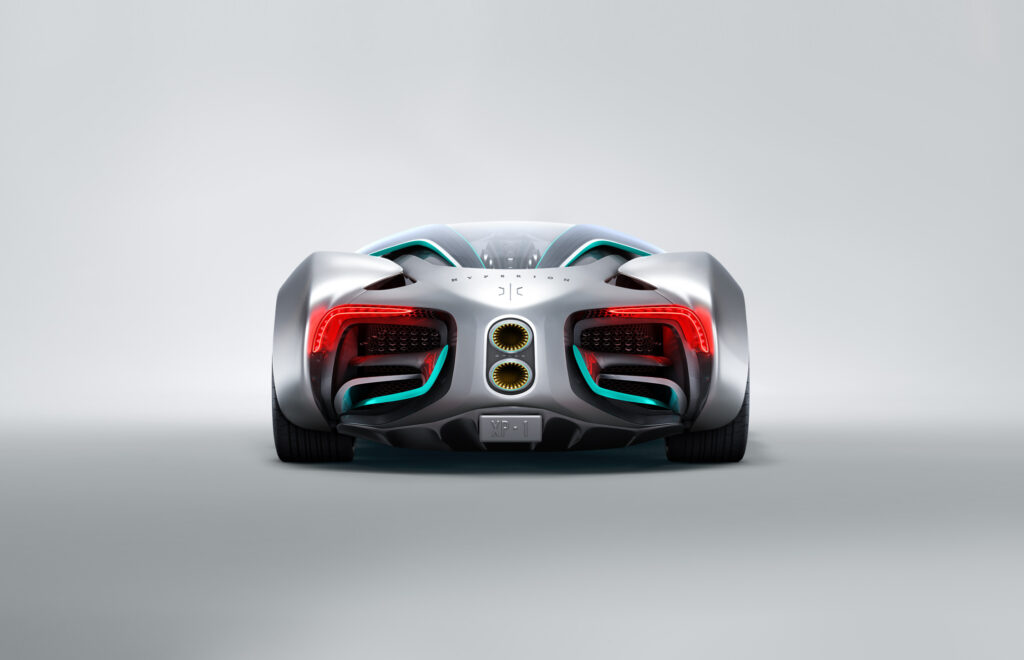
That’s because the Hyperion XP-1 is powered by hydrogen.
It’s claimed to have a “high-performance, zero-emissions hydrogen-electric powertrain combined with technology directly derived from some of the world’s leading aeronautical, engineering firms, and space agencies”.
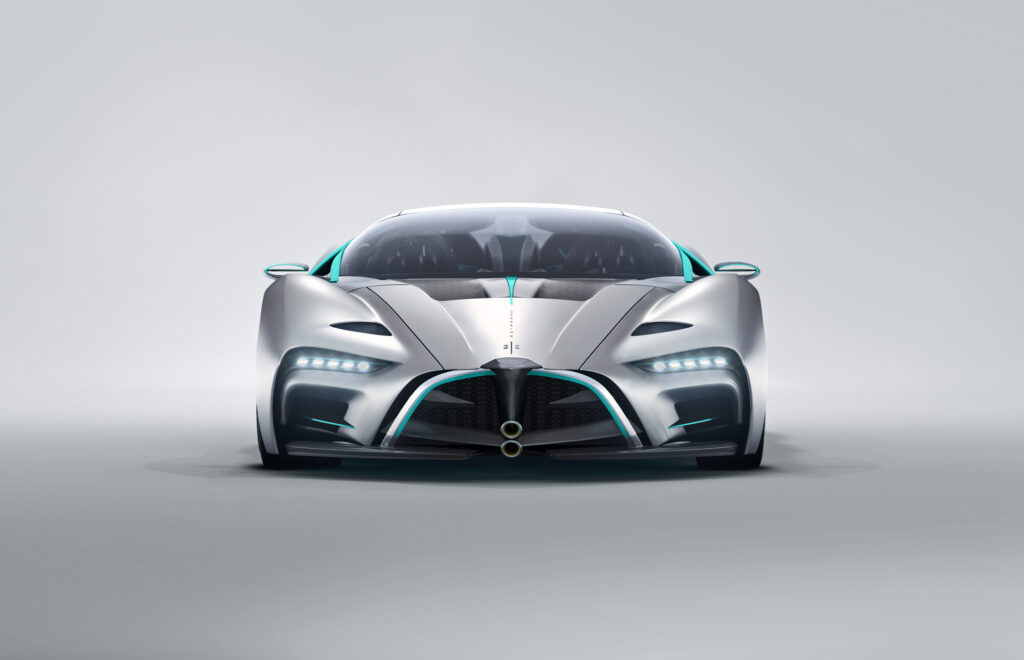
The Hyperion has fuel cells but also uses supercapacitors rather than batteries for energy storage; they allow fast discharging for big power hits.
Inside, the view is more Top Gun fighter jet than car, with a domed glass canopy giving a great view of everything around.
The vastness of space and the technology of space travel is something the company likes to talk up. Hyperion says it was founded in 2011 by “an expert team of PhDs” and describes itself as technology company with three divisions: Hyperion Energy, Hyperion Motors, and Hyperion Aerospace.
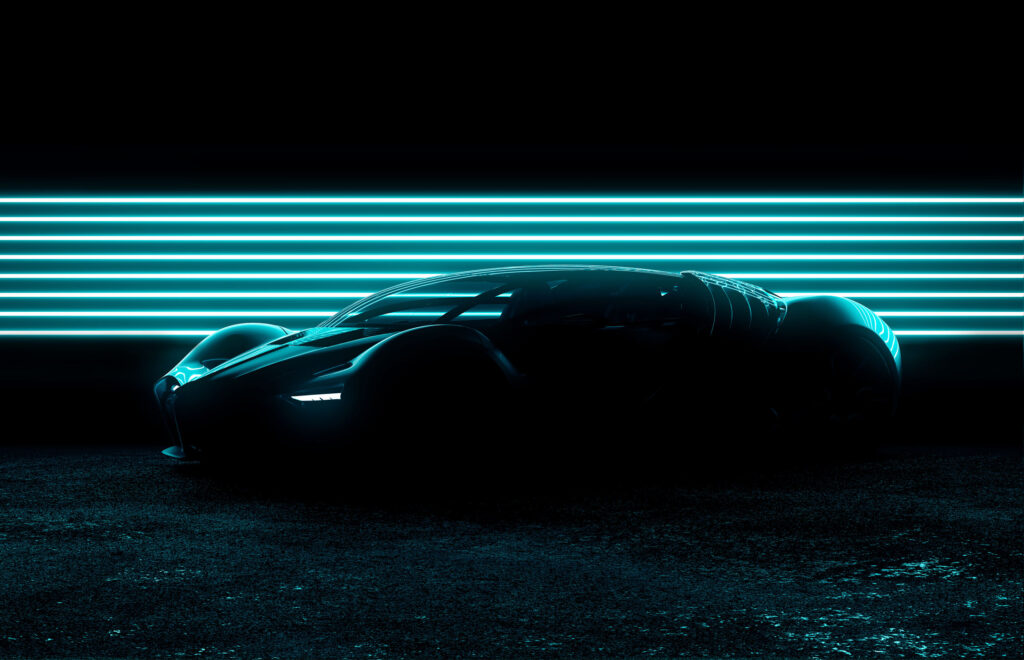
The XP-1 is claimed to hit 60 miles per hour (97km/h) in less than 2.2 seconds – helped by all-wheel drive traction – and hit a top speed north of 355km/h.
“We are extremely excited to launch Hyperion to the world so we can educate people to the benefits of hydrogen-based power systems,” said Hyperion CEO and founding member Angelo Kafantaris, a man formerly in charge of innovation at toy company Mattel, which produces the wild Hot Wheels model cars.
“As the most abundant element in the universe, the potential [for hydrogen] is virtually limitless. Our goal is to tell the story of hydrogen with inspiring vehicles and infrastructure solutions.
“With the debut of the XP-1, we aim to kick-start the final frontier towards a cleaner tomorrow for generations to come.”
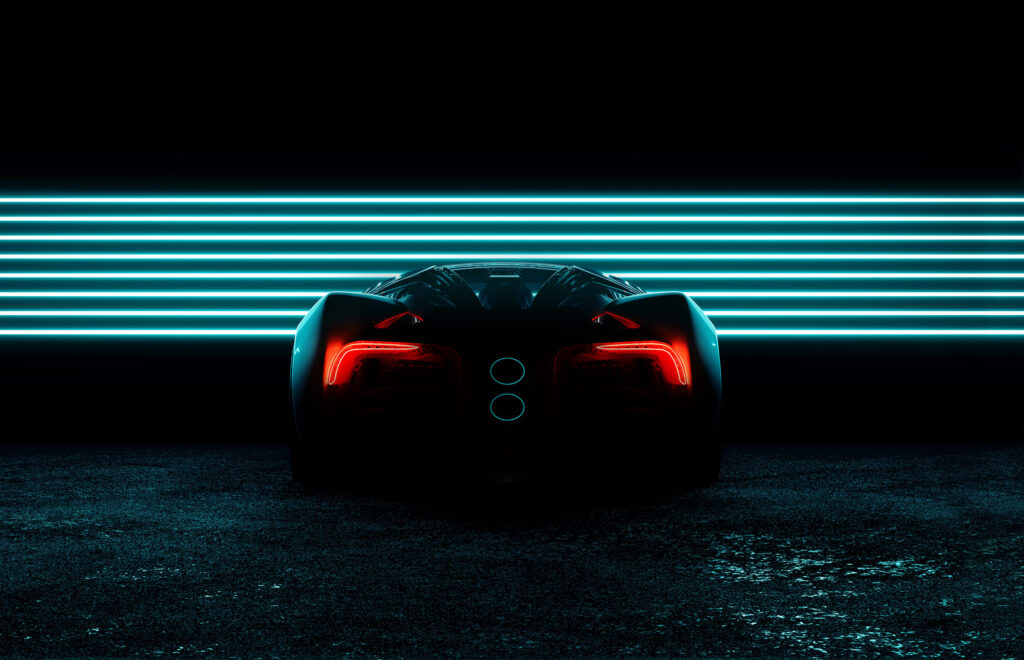
Like the company that created it, the XP-1 is about a lot more than just the car.
Hyperion plans to roll out a network of hydrogen refuelling stations across the United States. The energy supply strategy appears similar to Tesla, which created a network of EV chargers to encourage people to buy its cars.
“We’re an energy company that’s building this car to tell a story,” Kafantaris told media.
In some ways, then, the Hyperion XP-1 is a giant billboard to promote the planned arrival of hydrogen, considered a viable fuel for long distances and heavy duty automotive work such as trucking.
Arguably the most impressive stat is how far the XP-1 will travel between hydrogen refills.
It’s claimed to go 1000 miles – 1609km – on a single tank.
Considering how often some owners drive their supercars, that could mean a single refuel a year.
For now, the Hyperion XP-1 is officially a one-off prototype, but – like so many EV startups – the company has bold plans.
It wants to produce as many as 300 XP-1s starting in 2022.
Expect a big price tag…
Now word yet on whether Hyperion is considering export markets such as Australia.

